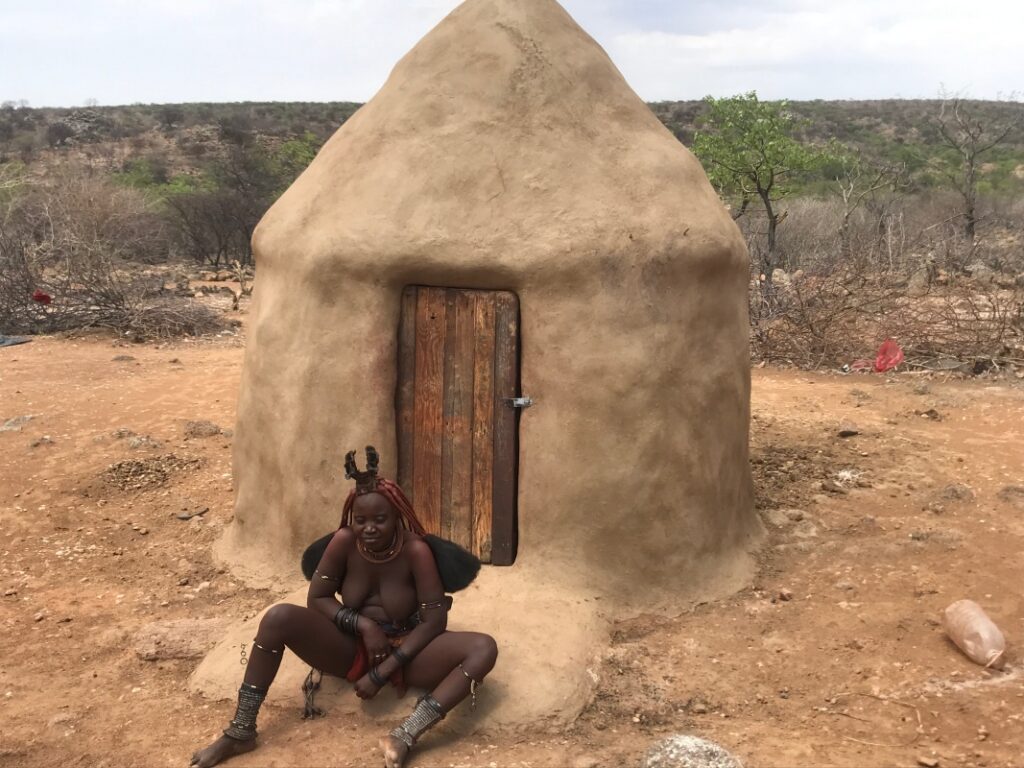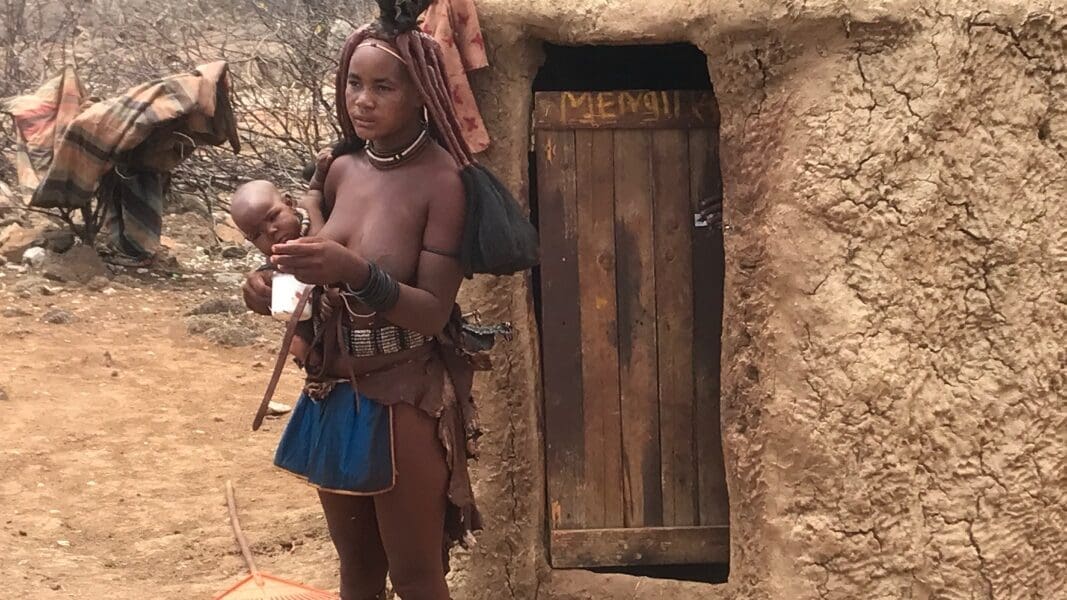Discovering the Himba People of Namibia
The Himba people of Namibia are one of Africa’s most distinctive and fascinating indigenous groups. Living in the northwestern region of Namibia, near the border with Angola, the Himba are known for their traditional way of life, distinctive appearance, and rich cultural heritage. This blog post will delve into the world of the Himba people, exploring their history, culture, lifestyle, and the challenges they face in the modern world.
History of the Himba People
The Himba people are believed to be descendants of the Herero people, who migrated from the Great Lakes region of East Africa to present-day Namibia several centuries ago. They settled in the remote and arid Kaokoland region, where they adapted their way of life to the harsh desert environment. This historical backdrop sets the stage for their unique cultural practices and traditions.
Traditional Lifestyle and Livelihood
The Himba are traditionally semi-nomadic pastoralists, relying on livestock, primarily cattle and goats, for their livelihood. Their nomadic lifestyle is dictated by the need to find grazing land and water sources for their animals in the arid desert landscape. The Himba’s relationship with their livestock is central to their identity, as cattle hold both economic and cultural significance.
Himba Villages and Housing
Himba villages are typically composed of huts made from a wooden frame covered with mud and grass. These huts are designed to be disassembled and reassembled quickly, allowing the Himba to move to new grazing areas easily. The construction of these dwellings reflects their deep understanding of their environment and the need for adaptability.

Unique Appearance and Beauty Rituals
The Himba are renowned for their intricate hairstyles and unique adornments. Both men and women take great pride in their appearance, using a mix of ochre, butterfat, and herbs to create a distinctive reddish-brown skin and hair color. Women, in particular, wear elaborate hairstyles adorned with jewelry and cowrie shells. These beauty rituals serve both aesthetic purposes and protection from the harsh sun and insects.
Social Structure and Community Life
Himba society is organized into clans, each with a chief or leader. The Himba practice a polygamous system of marriage, allowing men to have multiple wives. Marriages are typically arranged by families, with bride-wealth exchanged in the form of livestock. The Himba place a strong emphasis on community and collective decision-making, with village elders, known as “omakuru,” playing a crucial role in resolving disputes and maintaining social harmony.
Challenges Faced by the Himba
Despite their rich cultural heritage, the Himba people face numerous challenges in the modern world. Encroachment on their traditional lands, often driven by mining and tourism interests, threatens their way of life. Additionally, access to healthcare, education, and clean water remains limited in many Himba communities. These issues highlight the urgent need for sustainable development initiatives that respect their cultural traditions while improving their quality of life.
Visiting the Himba People
Traveling to Namibia to visit the Himba people offers a unique opportunity to experience their vibrant culture firsthand. Many tourists choose to visit the Kaokoland region, where local tour operators can arrange guided visits to Himba villages. These experiences often include engaging with the community, learning about their customs, and participating in traditional activities. It is essential to approach these visits with respect and cultural sensitivity, ensuring that the interactions benefit the Himba people and preserve their traditions.
Cultural Preservation Efforts
Efforts are being made to preserve Himba culture and address the challenges they face. Non-governmental organizations and government initiatives are working together to provide healthcare, education, and sustainable development opportunities for the Himba people. However, these efforts must be balanced with respect for their cultural traditions and way of life. Supporting ethical tourism initiatives can help sustain their culture and provide essential resources.
The Resilience of the Himba People
The Himba people of Namibia are a remarkable and resilient group with a unique cultural heritage shaped by their environment and history. Their traditional lifestyle, distinctive appearance, and strong sense of community make them a captivating subject of study and a testament to the diversity of human cultures around the world. As the modern world encroaches on their territory, it is essential to support efforts that both preserve their culture and improve their quality of life, ensuring that the Himba people can continue to thrive in the 21st century.
Would you be interested in joining one of our Tours to visit the Himba people of Namibia?
What is the lifestyle of the Himba people?
The Himba people are primarily semi-nomadic pastoralists who rely on livestock, such as cattle and goats, for their livelihood. Their lifestyle is adapted to the arid conditions of the Kaokoland region, requiring them to move frequently in search of grazing land and water sources.
What are the traditional customs of the Himba tribe?
Himba customs include unique beauty rituals, such as using a mixture of ochre and butterfat to give their skin and hair a reddish-brown color. They also have distinct traditional attire, with women often wearing intricate hairstyles adorned with jewelry. The Himba practice polygamous marriages, with marriages typically arranged between families.
Where do the Himba people live in Namibia?
The Himba people primarily reside in the northwestern region of Namibia, particularly in Kaokoland, near the border with Angola. Their settlements are usually composed of traditional huts made from wood and mud, designed for mobility as they move with their livestock.
What challenges do the Himba people face today?
The Himba people face several challenges, including encroachment on their traditional lands due to mining and tourism activities. Access to healthcare, education, and clean water is limited in many communities. Efforts are being made by various organizations to address these issues while respecting their cultural heritage.


You must be logged in to post a comment.